As comments have pointed out, ceiling or floor is irrelevant in practical applications. The error of the ADC will eclipse any accuracy gained in bit rounding. Offset error, gain error and integral non-linearity make such considerations theoretical at best. Observe the following graphic, courtesy of Microchip:

For theoretical purposes, however, precision is everything. The equation writer assumes you will apply the rules of binary and significant figures correctly. They were probably an engineer. The result of the multiplication, following the rules of significant figures and decimal places, will give you an integer value. Continuing on the sig fig track, if you get a result of 0x56 for example, you might as well add +/- 0.5 on the end. Where does this precision limitation come from? The theoretical ADC itself! Forget rounding entirely. 4.6 and 5.1 are contained within 5 with a +/- 0.5 uncertainty.
Someone might raise the point that a theoretical computer value like 0x33 has infinite precision in a theoretical system, and they would be correct. However, analog-to digital converters suggest lossy conversion, just like going from 3D to 2D loses information. The equation you provided is not a conversion from analog to “digital”, it is a scaled projection onto a range. There are a lot of other things about the equation that have to be assumed as well, such as that negative binary values are not allowed and will clamp at zero or that values greater than 2^N-1 will clamp.
As written, yes I could end up with a decimal value of -34754863894389439842854843868385382809211111.8493629295749383 if I select the write parameters. To represent semiconductor shenanigans correctly in pure theoretical mathematics, a lot more notation would need to be added to the provided equation, but we don’t even like Maxwell’s equations as engineers, preferring abstractions wherever possible. That kind of persnickety math is exactly what the engineers who wrote that equation were trying to avoid, and to be honest, if they didn’t do so, I don’t think ADCs would be around for us to have this discussion. Mathematics is all made up; we might as well make it up useful.
So your result is neither floor nor ceiling. It’s the same as any digital result: a less precise (abstracted to use a computer term) version of a real-world quantity, just like a pixely picture of a person.




